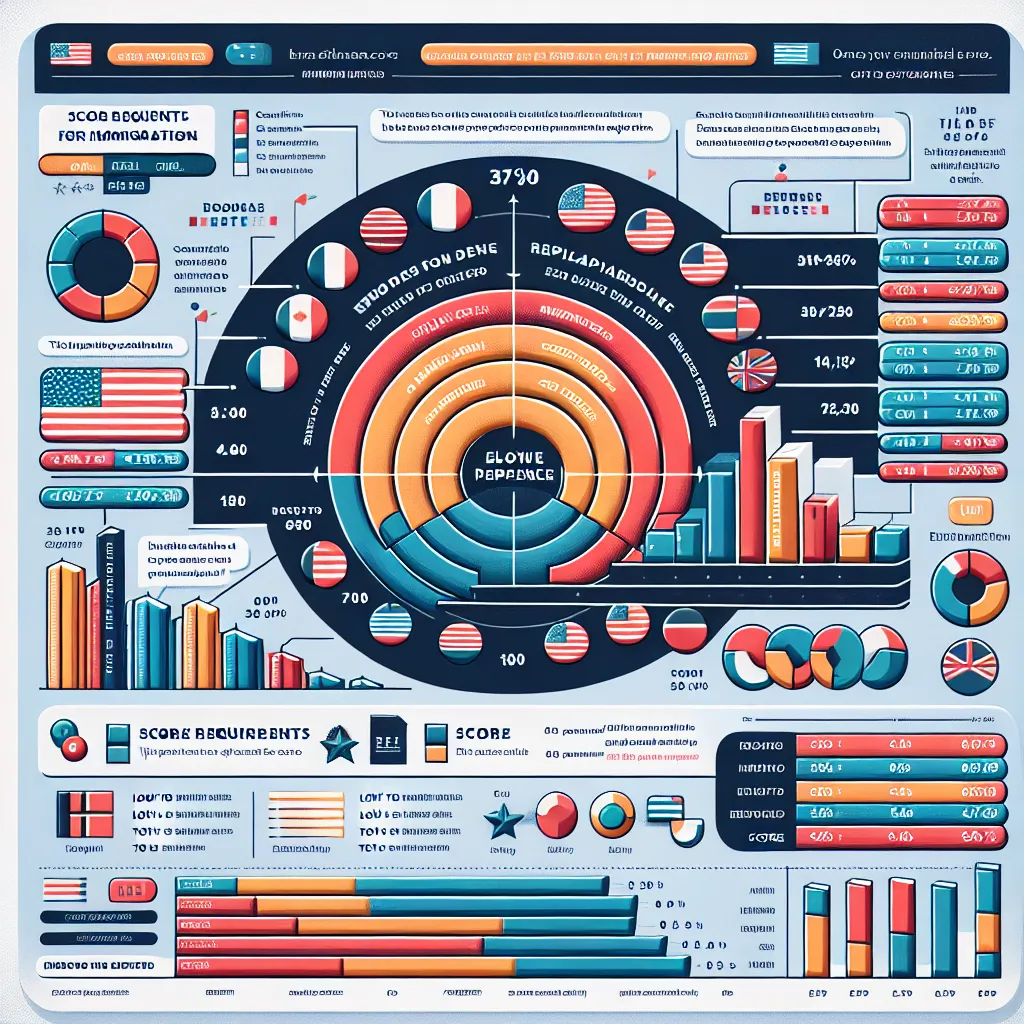Are you preparing for the TOEFL exam and feeling anxious about the table questions in Writing Task 1? Don’t worry! This comprehensive guide will walk you through the process of answering table questions effectively, helping you boost your TOEFL Writing score.
Understanding TOEFL Writing Task 1 Table Questions
TOEFL Writing Task 1, also known as the Integrated Writing Task, often includes questions that require you to interpret and analyze data presented in tables. These questions test your ability to understand, summarize, and compare information from different sources.
 TOEFL Writing Task 1 Table
TOEFL Writing Task 1 Table
Why are Table Questions Important?
Table questions in TOEFL Writing Task 1 are crucial because they:
- Test your data interpretation skills
- Evaluate your ability to synthesize information
- Assess your academic writing proficiency
- Prepare you for real-world academic tasks
Step-by-Step Guide to Answering Table Questions
Follow these steps to effectively answer table questions in TOEFL Writing Task 1:
1. Analyze the Table
Begin by carefully examining the table:
- Identify the main topic
- Understand the column and row headings
- Note any units of measurement
- Look for patterns, trends, or significant differences in the data
2. Read the Accompanying Passage
After analyzing the table, read the accompanying passage:
- Highlight key information related to the table data
- Identify the main arguments or points made in the passage
- Look for connections between the passage and the table
3. Plan Your Response
Before writing, take a few minutes to plan your response:
- Identify the main points you want to discuss
- Decide on the order in which you’ll present your ideas
- Choose specific data from the table to support your points
4. Write a Strong Introduction
Start your response with a clear and concise introduction:
- Briefly describe the topic and purpose of the table
- Provide an overview of the main points you’ll discuss
Example:
“The table presents data on global smartphone sales from 2015 to 2020, categorized by operating system. This essay will analyze the trends in smartphone market share and discuss the implications for major operating system providers.”
5. Develop Your Body Paragraphs
Organize your body paragraphs around key points or trends:
- Start each paragraph with a clear topic sentence
- Use specific data from the table to support your points
- Explain the significance of the data and how it relates to the passage
- Use transition words to connect ideas and paragraphs
Example:
“One significant trend shown in the table is the steady increase in Android’s market share from 2015 to 2020. The data indicates that Android’s share grew from 82.2% in 2015 to 86.1% in 2020, representing a 3.9% increase over five years. This growth suggests that Android has successfully maintained its dominant position in the smartphone market.”
6. Address Contradictions or Discrepancies
If there are any contradictions between the table and the passage:
- Clearly state the discrepancy
- Explain possible reasons for the contradiction
- Suggest which source might be more reliable or up-to-date
7. Conclude Your Response
Wrap up your response with a strong conclusion:
- Summarize the main points you’ve discussed
- Restate the overall significance of the data
- Avoid introducing new information
Example:
“In conclusion, the table clearly illustrates the dominance of Android in the global smartphone market, with a consistent increase in market share from 2015 to 2020. This trend, combined with the decline of other operating systems, suggests a consolidation of the smartphone market around two major players: Android and iOS.”
Important Tips for Success
To excel in answering table questions in TOEFL Writing Task 1, keep these tips in mind:
- Practice time management: Aim to spend about 20 minutes on this task
- Use precise language: Be specific when referring to data points
- Incorporate academic vocabulary: Use appropriate terminology for data analysis
- Maintain objectivity: Present the data without personal opinions
- Proofread your response: Check for grammar, spelling, and punctuation errors
 TOEFL Writing Tips
TOEFL Writing Tips
Common Mistakes to Avoid
Be aware of these common pitfalls when answering table questions:
- Misinterpreting data: Double-check your understanding of the table
- Overlooking important details: Pay attention to units, time periods, and categories
- Focusing too much on one aspect: Provide a balanced analysis of the data
- Neglecting the passage: Integrate information from both the table and the passage
- Using personal opinions: Stick to the facts presented in the table and passage
Next Steps in Your TOEFL Preparation
Now that you understand how to approach table questions in TOEFL Writing Task 1, it’s time to put your knowledge into practice:
- Find sample TOEFL table questions and practice writing responses
- Time yourself to simulate exam conditions
- Ask a tutor or study partner to review your responses and provide feedback
- Review official TOEFL scoring rubrics to understand how your writing will be evaluated
- Take full-length TOEFL practice tests to build stamina and confidence
By following this comprehensive guide and dedicating time to practice, you’ll be well-prepared to tackle table questions in TOEFL Writing Task 1. Remember, consistent practice and familiarity with the exam format are key to achieving a high score on the TOEFL Writing section. Good luck with your preparation!




